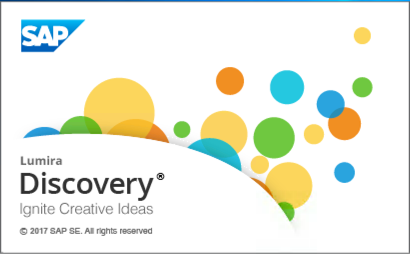Today is the third and final day of the 2009 SAP BusinessObjects User Conference in Dallas, Texas. In the morning, I’ll be giving the last of three breakouts that I was selected to present this year, entitled “Deploying BI to the Masses using SAP BusinessObjects Explorer”. Explorer, formerly Polestar, is an intuitive application that takes the simplicity of search (think Google) to provide instant access to information. Explorer leverages your existing business intelligence infrastructure and opens it up to a new kind of user, the casual business intelligence user. Dan Kearnan, from SAP BusinessObjects, led a conference breakout earlier this week about how to use Explorer. Although I’ll give a brief demo of the Explorer user experience, the focus on my breakout is the back-end details that IT needs to know to deploy Explorer effectively.
We live in a brave new world of instant information. My eight-year-old daughter knows that she can ask her dad to “just Google it” if there’s a piece of information that needs to be found. Sites like Google and Wikipedia help us make sense of the world around us. SAP BusinessObjects Explorer intends to do the same for the knowledge inside of our organizations.
Of course, business intelligence vendor demos can make everything look all too easy. Real life is messier, generally because we haven’t applied the same focus to data quality and data governance as we have to putting cool software like Xcelsius and Explorer in front of our users. Take, for example, the new Starbucks iPhone application. It holds a lot of promise, using the iPhone’s GPS to identify the nearest Starbucks. It even utilizes the Google Maps built into the iPhone to generate travel directions. So far, so good. But alas, Starbucks chose to pass GPS coordinates rather than the store address to Google Maps. Meaning that instead of finding a neighborhood Starbucks in a strange city, I ended up in the middle of an unfamiliar residential neighborhood. Somebody must have fat-fingered the coordinates. The application also tells me that a Starbucks location is open, but when I drill down to the operating hours, the store is clearly closed.
I’m genuinely excited about tools like Xcelsius and Explorer. I’m glad that I make a living helping customers build BI solutions with them. But without good data, we’ve only given our users more elegant ways to look at junk. It’s not easy, and unfortunately it’s not sexy. Just watch your users’ eyes light up when you talk about “ETL” or “data quality”. Or not… But the man or woman in the corner office needs an answer that’s as readily available as a good cup of coffee.


